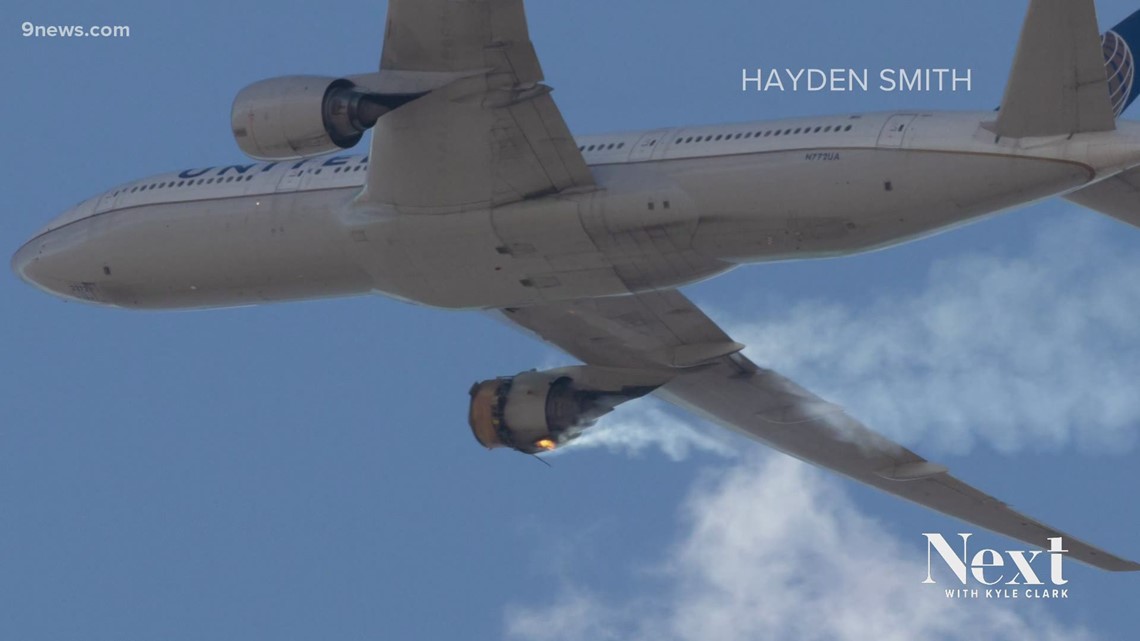BROOMFIELD, Colo. — This week the Federal Aviation Administration (FAA) issued three proposed changes that could allow the type of Boeing jet involved in a Broomfield, Colorado incident earlier this year to take flight again.
On Feb. 20, the right engine of a Boeing 777-200 failed shortly after takeoff from Denver International Airport (DIA) which resulted in metal airplane parts falling from the sky over the Broomfield area.
At the time, a spokeswoman for DIA said that United Flight 328 to Honolulu had an engine issue and returned to the airport. There were 231 passengers and 10 crew members on board, according to United. There were no reported injuries among anyone on the flight.
The day after the incident, United said it "voluntarily and temporarily" took 24 Boeing 777 airplanes powered by Pratt & Whitney 4000 series engines out of service.
Boeing also recommended suspending operations of all 777s with the specific engine type.
That same day, the FAA in a tweet said Administrator Steve Dickson had directed an Emergency Airworthiness Directive that would require immediate or stepped-up inspections of Boeing 777 airplanes equipped with certain Pratt & Whitney PW4000 engines.
Just this week, the FAA said it issued three Airworthiness Directives (ADs) requiring new inspections and modifications that would allow Boeing 777-200 and -300 airplanes equipped with certain Pratt & Whitney engines to return to service.


According to the FAA, the proposed directives would require:
- Strengthening engine cowlings
- Enhanced engine fan-blade inspections and inspections of other systems and components
- Specific corrective actions depending on the inspection results.
The full directives can be found here after Dec. 28.
The ADs affect 54 U.S. Registered airplanes and 108 U.S engines, and 128 airplanes and 256 engines worldwide. United Airlines is the only U.S. carrier that the ADs would affect.
An initial National Transportation Safety Board (NTSB) of the February incident found that most of the damage was confined to the No. 2 engine. However, the plane sustained minor damage.
The NTSB examination of the Pratt & Whitney PW4077 engine revealed:
- The inlet and cowling separated from the engine.
- Two fan blades were fractured.
- One fan blade was fractured near the root.
- An adjacent fan blade was fractured about mid-span.
- A portion of one blade was embedded in the containment ring.
- The remainder of the fan blades exhibited damage to the tips and leading edges.
SUGGESTED VIDEOS: Latest from 9NEWS

